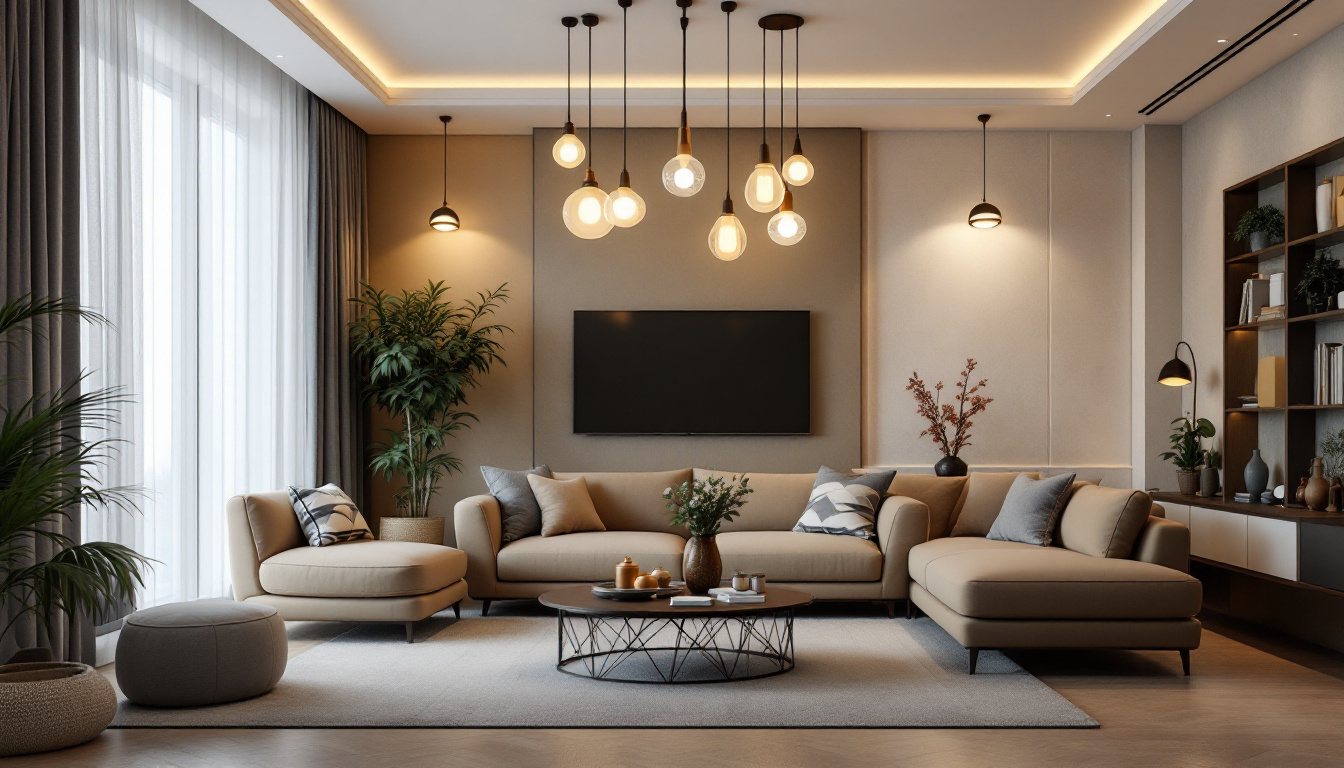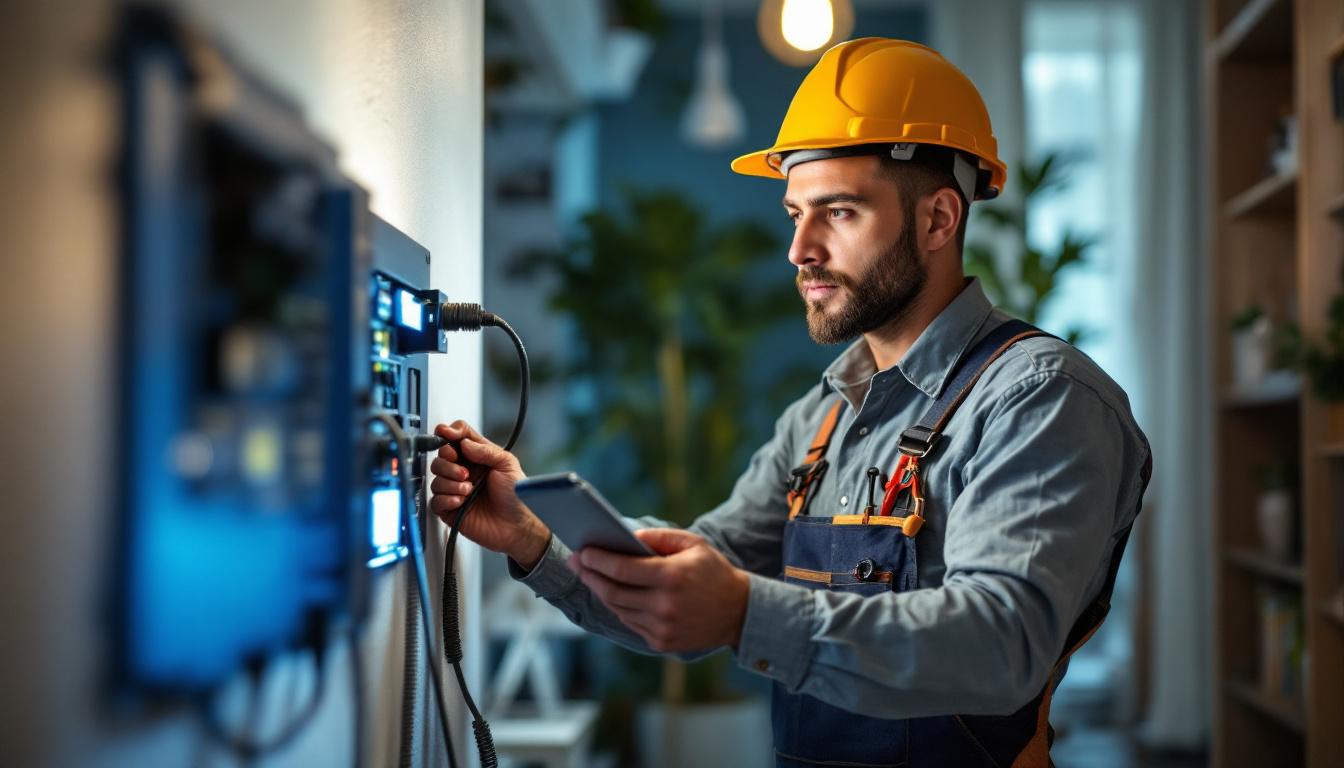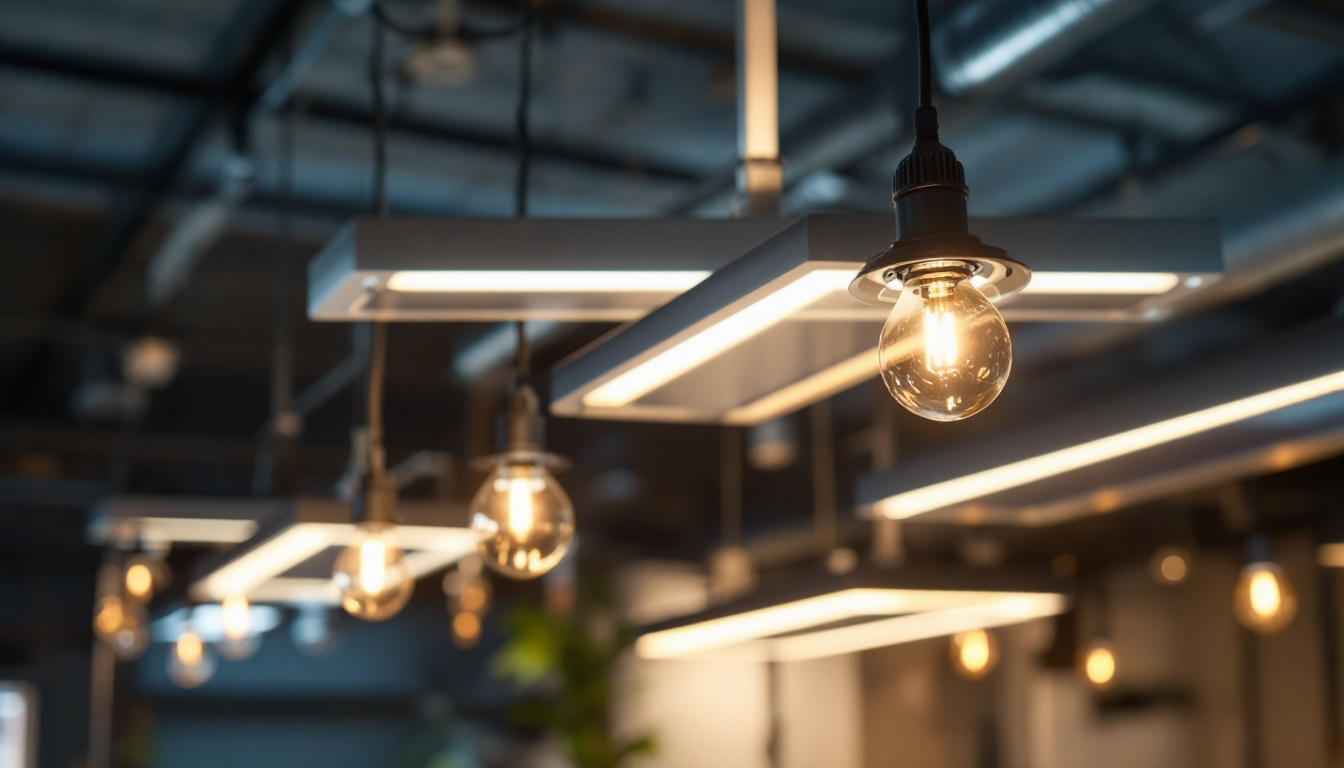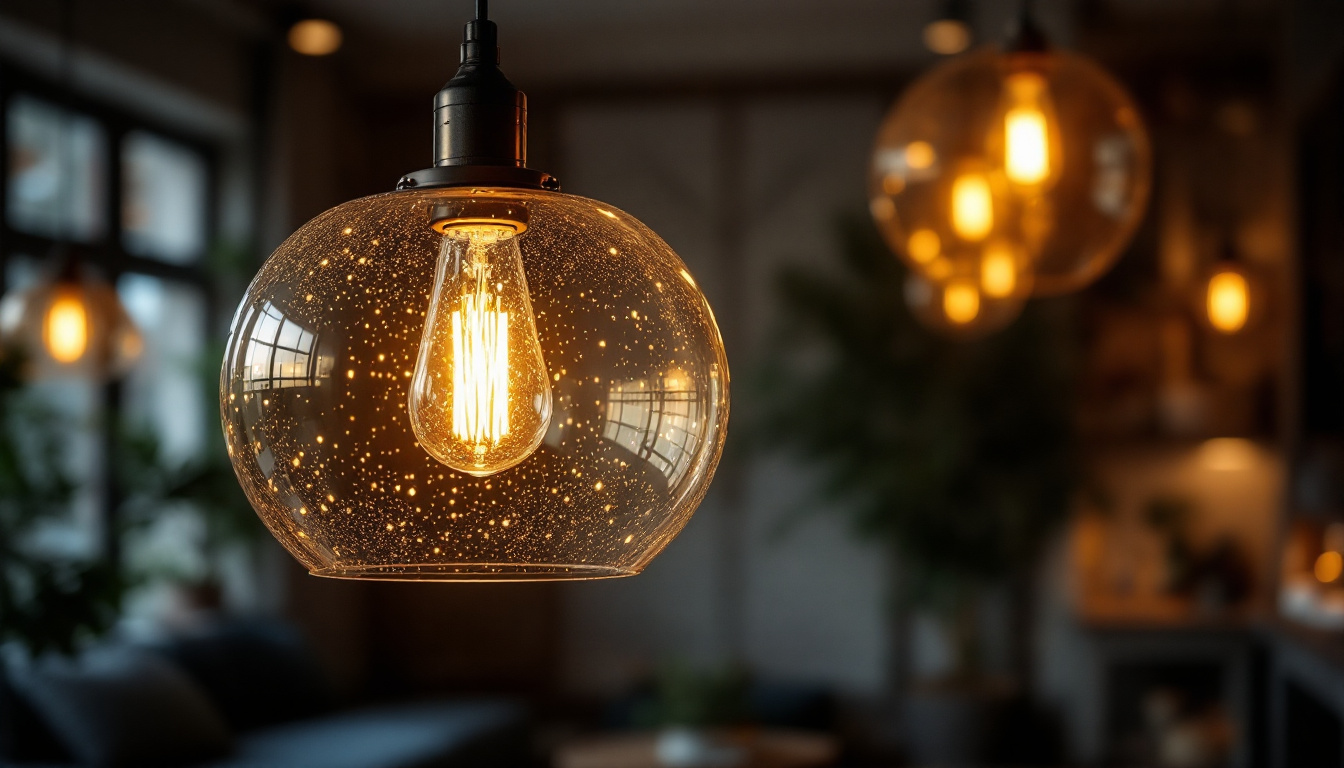
In the ever-evolving world of lighting, contractors face a myriad of challenges and opportunities. The term “2450 X 24” may seem like a mere numerical reference, but it encapsulates a wealth of information crucial for lighting professionals. This guide aims to unravel the significance of this term and provide valuable insights that can enhance the skills and knowledge of lighting contractors.
The phrase “2450 X 24” typically refers to the specifications of lighting fixtures, particularly in the context of LED technology. It represents the lumens output and wattage, which are essential metrics for lighting contractors to understand. Knowing how to interpret these numbers can significantly impact project planning and execution.
In this context, “2450” represents the total lumens produced by a lighting fixture, while “24” indicates the wattage consumed. This information is vital for contractors when calculating energy efficiency and determining the right fixtures for specific applications. A higher lumen output means brighter light, while lower wattage indicates energy savings, making it crucial to strike the right balance.
Understanding lumens and watts is foundational for any lighting contractor. Lumens measure the amount of visible light emitted by a source, while watts measure energy consumption. This distinction is critical when selecting lighting solutions that meet both aesthetic and functional requirements. For instance, a fixture with a high lumen output but excessive wattage may not be suitable for energy-conscious projects.
Fixtures that fall under the “2450 X 24” category can be utilized in various settings. From commercial spaces to residential areas, the right application can enhance ambiance and functionality. For example, in retail environments, bright lighting can attract customers, while in residential settings, softer lighting can create a cozy atmosphere.
Moreover, these fixtures are increasingly popular in office spaces where productivity is key. Bright, well-distributed lighting can reduce eye strain and improve focus, making it easier for employees to perform their tasks efficiently. In addition, the energy savings associated with lower wattage fixtures can lead to significant cost reductions over time, further incentivizing businesses to adopt energy-efficient lighting solutions.
In outdoor settings, “2450 X 24” fixtures can be effectively used for security lighting or landscape illumination. The high lumen output ensures that areas are well-lit, enhancing safety and visibility during nighttime hours. Additionally, advancements in LED technology mean that these fixtures can often withstand various weather conditions, making them a durable choice for outdoor applications. As urban areas continue to grow, the demand for effective outdoor lighting solutions will only increase, solidifying the relevance of specifications like “2450 X 24” in future projects.
Selecting the appropriate fixtures is a critical step for lighting contractors. The choice can influence not only the aesthetic appeal of a space but also its energy efficiency and operational costs. Understanding the variety of options available is essential for making informed decisions.
Lighting contractors have access to a wide range of fixtures, each designed for specific purposes. Common types include recessed lights, pendant lights, and wall sconces. Each type has its advantages and ideal applications. For instance, recessed lights are excellent for creating a clean, modern look, while pendant lights can serve as focal points in dining areas. Additionally, track lighting offers versatility, allowing for adjustable positioning to highlight artwork or architectural features, making it an excellent choice for galleries or contemporary homes. Outdoor fixtures, such as floodlights and path lights, also play a crucial role in enhancing safety and ambiance in exterior spaces, ensuring that the right fixtures are chosen for both indoor and outdoor environments.
With growing awareness of environmental issues, energy efficiency has become a top priority for many clients. When selecting fixtures, contractors should consider options that offer high lumen output with low wattage. LED technology has revolutionized the industry by providing energy-efficient solutions that do not compromise on brightness or quality. Moreover, the lifespan of LED fixtures often exceeds traditional lighting options, resulting in lower maintenance costs over time. Smart lighting systems, which allow for automated control and dimming, further enhance energy savings by ensuring that lights are only used when necessary. This innovative approach not only benefits the environment but also aligns with the increasing demand for sustainable building practices.
While functionality is paramount, aesthetics should not be overlooked. The design of lighting fixtures can significantly influence the overall look of a space. Contractors should work closely with clients to understand their vision and recommend fixtures that align with their design preferences. This collaborative approach can lead to more satisfied customers and successful projects. Furthermore, incorporating various styles—from industrial to minimalist—can create a unique atmosphere that reflects the personality of the space. The choice of materials, such as metal, glass, or wood, can also enhance the visual appeal and contribute to the overall theme of the interior design. By paying attention to these details, contractors can ensure that the lighting not only serves its functional purpose but also elevates the aesthetic experience of the environment.
Proper installation is crucial for ensuring the longevity and performance of lighting fixtures. For lighting contractors, adhering to best practices can prevent common pitfalls and enhance the overall quality of work.
Before installation begins, a well-thought-out layout is essential. Contractors should consider factors such as room size, ceiling height, and the intended use of the space. A strategic layout can optimize light distribution and minimize shadows, creating a more pleasant environment. Additionally, it’s important to take into account the natural light sources in the room. By analyzing how sunlight enters the space throughout the day, contractors can adjust their lighting plans to complement or counteract natural light, ensuring a balanced and inviting atmosphere at all times. Furthermore, utilizing software tools for lighting design can provide valuable insights and visualizations, allowing contractors to experiment with different configurations before finalizing their plans.
Compliance with local codes and industry standards is non-negotiable. Lighting contractors must stay updated on regulations to ensure installations are safe and legal. This includes understanding electrical codes, safety standards, and energy efficiency requirements. Failure to comply can lead to costly rework and potential legal issues. Moreover, being knowledgeable about the latest energy-efficient technologies, such as LED lighting and smart controls, not only helps in meeting compliance but also positions contractors as forward-thinking professionals. Clients increasingly seek sustainable solutions, and being well-versed in these advancements can provide a competitive edge. Regular training and certification in relevant areas can further enhance a contractor’s credibility and expertise.
After installation, thorough testing is essential to ensure that fixtures operate as intended. This includes checking for proper illumination levels, color temperature consistency, and functionality of dimming features if applicable. Quality assurance measures can help identify and rectify issues before the project is completed, ensuring client satisfaction. In addition to these checks, it is also beneficial to conduct a post-installation walkthrough with the client. This allows contractors to demonstrate the functionality of the lighting system and address any immediate concerns or adjustments. Gathering feedback during this phase can provide valuable insights for future projects and foster a positive relationship with clients. Furthermore, documenting the testing process and results can serve as a useful reference for maintenance and troubleshooting down the line, ensuring that both the contractor and the client have a clear understanding of the system’s capabilities and requirements.
Routine maintenance practices should include cleaning fixtures, checking for loose connections, and replacing burnt-out bulbs. Dust and debris can accumulate over time, diminishing light output. Regular inspections can help catch potential issues early, preventing more significant problems down the line.
Lighting contractors should be familiar with common issues that may arise, such as flickering lights or inconsistent brightness. Understanding the underlying causes, such as faulty wiring or incompatible dimmers, allows for effective troubleshooting. Providing clients with guidance on how to address minor issues can also enhance their experience and build trust.
Educating clients about the importance of maintenance can foster a sense of responsibility and ownership. Providing them with a simple maintenance checklist or schedule can help ensure that fixtures remain in optimal condition. This proactive approach can lead to long-term client relationships and repeat business.
The lighting industry is constantly evolving, with new technologies and trends emerging regularly. For lighting contractors, staying informed about these changes is essential for maintaining a competitive edge.
Emerging technologies, such as smart lighting and IoT integration, are transforming the way lighting is designed and managed. Smart lighting systems allow for remote control, scheduling, and energy monitoring, offering enhanced convenience and efficiency. Contractors should explore these technologies and consider how they can be integrated into their offerings.
Design trends also play a significant role in shaping client preferences. Minimalism, sustainability, and biophilic design are gaining traction, influencing the types of fixtures and designs that are in demand. Keeping an eye on these trends can help contractors tailor their recommendations to meet evolving client needs.
Networking with other professionals in the industry can provide valuable insights and opportunities for collaboration. Attending trade shows, workshops, and seminars can also enhance skills and knowledge. Continuous professional development is key to remaining relevant in a fast-paced industry.
In conclusion, understanding the implications of “2450 X 24” is just the beginning for lighting contractors. By mastering the nuances of lumens and watts, selecting the right fixtures, adhering to installation best practices, and staying informed about industry trends, contractors can elevate their services and deliver exceptional results.
As the lighting industry continues to evolve, embracing new technologies and approaches will be essential for long-term success. By prioritizing education, quality, and client satisfaction, lighting contractors can position themselves as trusted experts in their field, ready to tackle any project that comes their way.
Ultimately, the journey of a lighting contractor is one of continuous learning and adaptation. By leveraging the insights shared in this guide, professionals can enhance their skills, improve their offerings, and thrive in a competitive landscape.
Ready to take your lighting projects to the next level? At LumenWholesale, we provide lighting contractors like you with the highest quality, spec-grade lighting products at prices that can’t be beaten. Say goodbye to local distributor markups and hello to our extensive selection that meets rigorous industry standards. With free shipping on bulk orders, you can trust that you’re getting premium lighting at the best value — no hidden fees, no compromises. Elevate your lighting game with the perfect blend of quality, affordability, and convenience. Visit LumenWholesale today and experience wholesale lighting at the best value for all your project needs.

Discover the crucial role of living room ceiling lights in the work of lighting contractors.

Discover essential insights from lighting contractors on choosing the perfect backup inverter for your home.

Discover how Philips Advance Ballast can revolutionize your lighting projects by ensuring efficiency and longevity.

Discover why pendent lights are an essential tool in every lighting contractor’s arsenal.